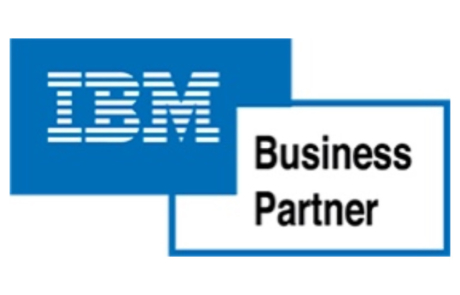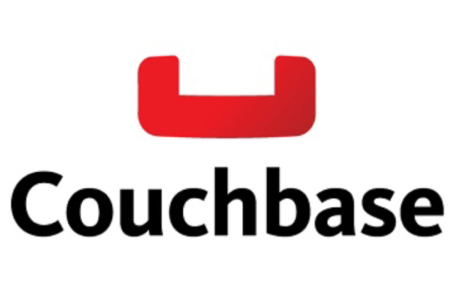Change Management and its value for development teams
Let’s talk about change management and its importance within tech teams in companies.
Digital transformation is the process through which an organization adopts new technologies across all its operations.
This is precisely one of the areas in which Capitole offers advanced knowledge and expertise in digital environments, with the goal of driving substantial improvements and progress at every area and level within companies.
What is change management, and how is it integrated into digital transformation?
Change Management is a fundamental discipline in any organization that aims for continuous improvement. It can be applied to specific events within companies, such as changes in organizational structure and culture or the implementation of new technologies and work methodologies.
In this article, we focus specifically on the relevance of change management within software development teams. The main objectives of change management are:
- Minimize resistance to change among end-users.
- Reduce negative impacts on work teams.
- Promote the commitment of all involved parties.
- Provide greater recognition for the work of the teams.
With this, we highlight how change management focuses mainly on the human aspect of digital transformation.
Key Components of Change Management
There are different change management models, such as Lewin’s model, the ADKAR model, and Bridges’ transition model. All of them consider key aspects to ensure the success of the initiative.
Effective Communication
A change management strategy must clearly explain the reasons, benefits, and expectations of the change. This is aimed at conveying transparency and building a foundation of trust.
Here, it is important to leverage tools like Slack or Teams, which promote more collaborative work and benefit the change process.
- Effective Communication
A change management strategy must clearly explain the reasons, benefits, and expectations of the change. This is aimed at conveying transparency and building a foundation of trust.
Here, it is important to leverage tools like Slack or Teams, which promote more collaborative work and benefit the change process.
- Training and Support
It is also key to ensure that employees clearly understand how the change impacts each of their roles and have effective tools available to help them adapt.
At this point, organizing training for the teams involved in the change is crucial to make the adoption of new technologies more effective.
- Participation and Feedback
A change management model should encourage teams to express their concerns and suggestions. This can be done through forums and regular events that promote the benefits of the newly adopted technologies or work models.
- Evaluation and Adjustments
It is very important to measure the impact of the change, evaluate the results, and continuously adjust the strategy as new needs arise.
How can change management support development teams?
Change management within a software development team is not only focused on adopting new technologies but also on integrating new forms of collaboration, as well as transforming mindset and organizational culture. All of this aims to keep the team aligned with industry best practices.
With the rapid evolution of software development, it is essential that tools, frameworks, and methodologies are kept up to date.
A change management strategy not only promotes better practices within development teams but also positively impacts the end user.
However, without an appropriate change management strategy, resistance among those involved may arise. Why?
- Lack of Knowledge or Training
When employees or users do not understand why new tools or processes are being implemented, or if they have not received the proper training, they may feel that this change will complicate their work.
- Short-Term Loss of Efficiency
Adopting new technology involves a learning curve. Initially, people may feel less productive and doubt whether the change will bring benefits.
- Lack of Visibility and Recognition
Team members may feel that their work is not valued enough if the impact of the change is not communicated effectively. This ultimately also affects the perception of end users, who may be unaware of the benefits of new features or improvements in their products.
As a UX/UI designer, my role in change management is crucial in creating a visual, attractive, and functional transition that facilitates the adoption of new tools or processes by end users. Additionally, it helps developers feel supported and valued during the process.
Practical Cases of UX/UI Content in Change Management
Imagine that the company has developed a new software platform that will replace the previous one. This change will affect both developers and end users. An effective Change Management process could include:
- Introductory Video: A video introducing the new platform, visually explaining its benefits and improvements over the previous one.
- Guided Tutorials: Create a set of short tutorials explaining how to use the new features and guiding the user through their first experience with the platform.
- Feedback Spaces: Implement an option in the interface where users can leave feedback on the platform, which helps improve the perception of the change and make real-time adjustments.
Benefits of Good Change Management
- Increased Productivity: With a well-managed transition, developers can quickly familiarize themselves with the new tools or methodologies, reducing the impact on their productivity.
- Reduced Resistance to Change: Good Change Management minimizes resistance by allowing developers and users to understand and appreciate the improvements.
- Visibility and Recognition: Through UX/UI content, the work of developers becomes visible, which is motivating and contributes to a positive work environment.
- Sustainable Adoption: When users are properly trained and informed, the adoption of new tools or features is more lasting and effective.
Conclusion
Change Management is an essential process in software development teams, especially when it involves adopting new tools, technologies, and work methodologies.
From the perspective of a UX/UI content designer, the role in Change Management is strategic, as it facilitates visual communication that helps developers adapt and allows end users to effectively adopt new features.
At Capitole, we assist organizations in effective and adaptable transitions for different teams, promoting best practices aimed at a future-oriented digital transformation.


















